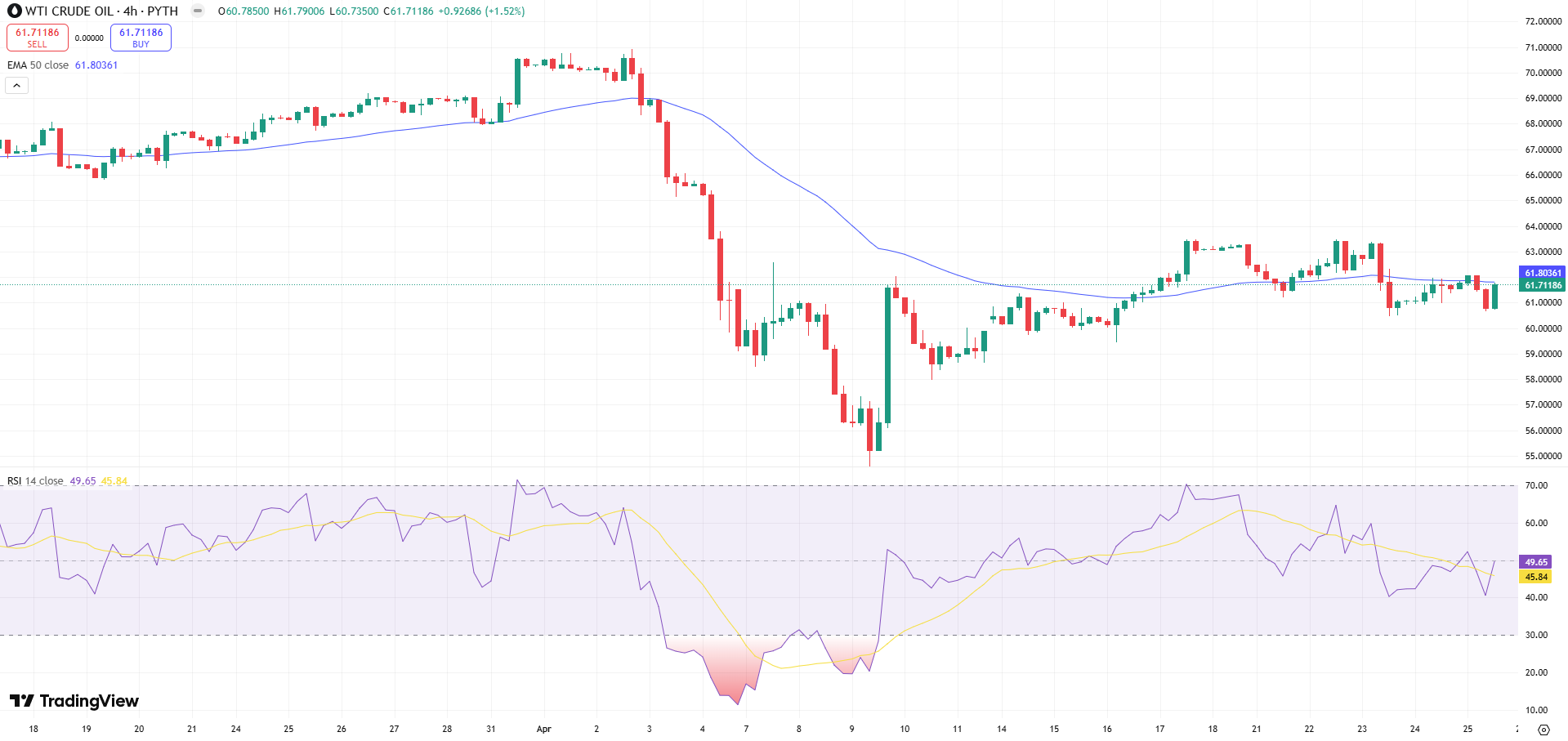Oil prices rose modestly on Friday but closed the week with losses as fears of oversupply and murky U.S.-China trade relations rattled investor confidence. Brent crude futures ended the session up 32 cents at $66.87 per barrel, but posted a 1.6% weekly loss. West Texas Intermediate (WTI) climbed 23 cents to $63.02, ending the week down 2.6%.
The rebound in Friday’s session followed reports that China had exempted some U.S. imports from its steep tariffs, a move interpreted by markets as a potential thaw in trade tensions. However, Beijing swiftly denied any formal negotiations were underway, contradicting U.S. President Donald Trump’s earlier claims.
Analysts remained cautious, noting that without firm progress on trade, oil’s upside remains capped. According to Saxo Bank’s Ole Hansen, “further crude price gains are unlikely in the short term due to continued trade uncertainty and potential supply increases.”
OPEC+ Output Hike Adds Pressure
Investor anxiety deepened this week following reports that OPEC+ may accelerate its production hikes in June, adding to the group’s May increase of 411,000 barrels per day. Internal friction over quota compliance has driven several members to push for faster adjustments.
Adding to oversupply concerns:
- U.S. rig count rose by 2 to 483, signaling more domestic production ahead (Baker Hughes data).
- Russian oil could re-enter global markets if diplomatic efforts to end the war in Ukraine succeed.
- Crude demand fears linger as tariffs weigh on global economic growth.
These combined factors suggest that any demand recovery could be outpaced by new supply, putting a ceiling on price recovery in the near term.
Geopolitical Talks Offer Uncertain Outlook
On the geopolitical front, hopes for de-escalation in Ukraine added complexity to the supply narrative. A three-hour meeting in Moscow between Russian President Vladimir Putin and Trump envoy Steve Witkoff reportedly “narrowed differences,” according to Kremlin aide Yuri Ushakov.

Should these diplomatic developments lead to reduced sanctions or a ceasefire, analysts believe more Russian crude could re-enter the market, further expanding supply and reinforcing bearish pressure on prices.
In Summary:
- Brent crude: -1.6% this week
- WTI crude: -2.6% this week
- Key drivers: OPEC+ output plans, U.S.-China tariffs, Ukraine conflict
Markets now turn to economic indicators and official OPEC+ guidance in the coming weeks to assess whether current price levels hold or drop further.


